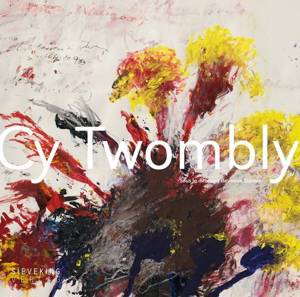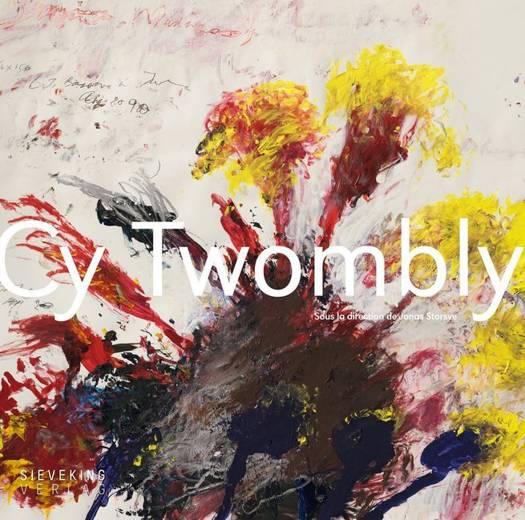
- Afhalen na 1 uur in een winkel met voorraad
- Gratis thuislevering in België vanaf € 30
- Ruim aanbod met 7 miljoen producten
- Afhalen na 1 uur in een winkel met voorraad
- Gratis thuislevering in België vanaf € 30
- Ruim aanbod met 7 miljoen producten
Zoeken
Omschrijving
The complex oeuvre of the American artist Cy Twombly (1928-2011) comprises a time period of around six decades, during which it never lost any of its expressive power. Twombly was one of the most productive artists in the history of more recent art. Acclaimed as one of the most important painters of the second half of the 20th century, he fused the legacy of American Abstract Expressionism with European and Mediterranean culture. The book focuses to a degree never before seen on his major cycles: Nine Discourses on Commodus (1963), Fifty Days at Iliam (1978), and Coronation of Sesostris (2000). The artist's development as a whole is traced based on nearly 200 paintings, sculptures, drawings, and photographs. This thus provides unique insights into the overall intellectual and sensual richness of the oeuvre. From his early works at the beginning of the 1950s, which are characterized by the use of text, to his compositions of the 1960s, his reaction to the minimal art and conceptual art of the 1970s to his final paintings, the overview of the oeuvre underscores the significance of the series and cycles in which Cy Twombly invented history painting anew. With its polyphonic conception, the monograph offers numerous approaches with essays that shed light on the various aspects and phases of Twombly's path as an artist. It comprises et al. the reflections and personal impressions of other artists as well as the memories of his assistant Nicola Del Roscio. These diverse testimonies make it possible to discover Cy Twombly not only as an artist, but also as an individual.
Specificaties
Betrokkenen
- Auteur(s):
- Vertaler(s):
- Uitgeverij:
Inhoud
- Aantal bladzijden:
- 320
- Taal:
- Engels
Eigenschappen
- Productcode (EAN):
- 9783944874616
- Verschijningsdatum:
- 12/03/2020
- Uitvoering:
- Hardcover
- Formaat:
- Genaaid
- Afmetingen:
- 287 mm x 287 mm
- Gewicht:
- 2222 g

Alleen bij Standaard Boekhandel
+ 118 punten op je klantenkaart van Standaard Boekhandel
Beoordelingen
We publiceren alleen reviews die voldoen aan de voorwaarden voor reviews. Bekijk onze voorwaarden voor reviews.








